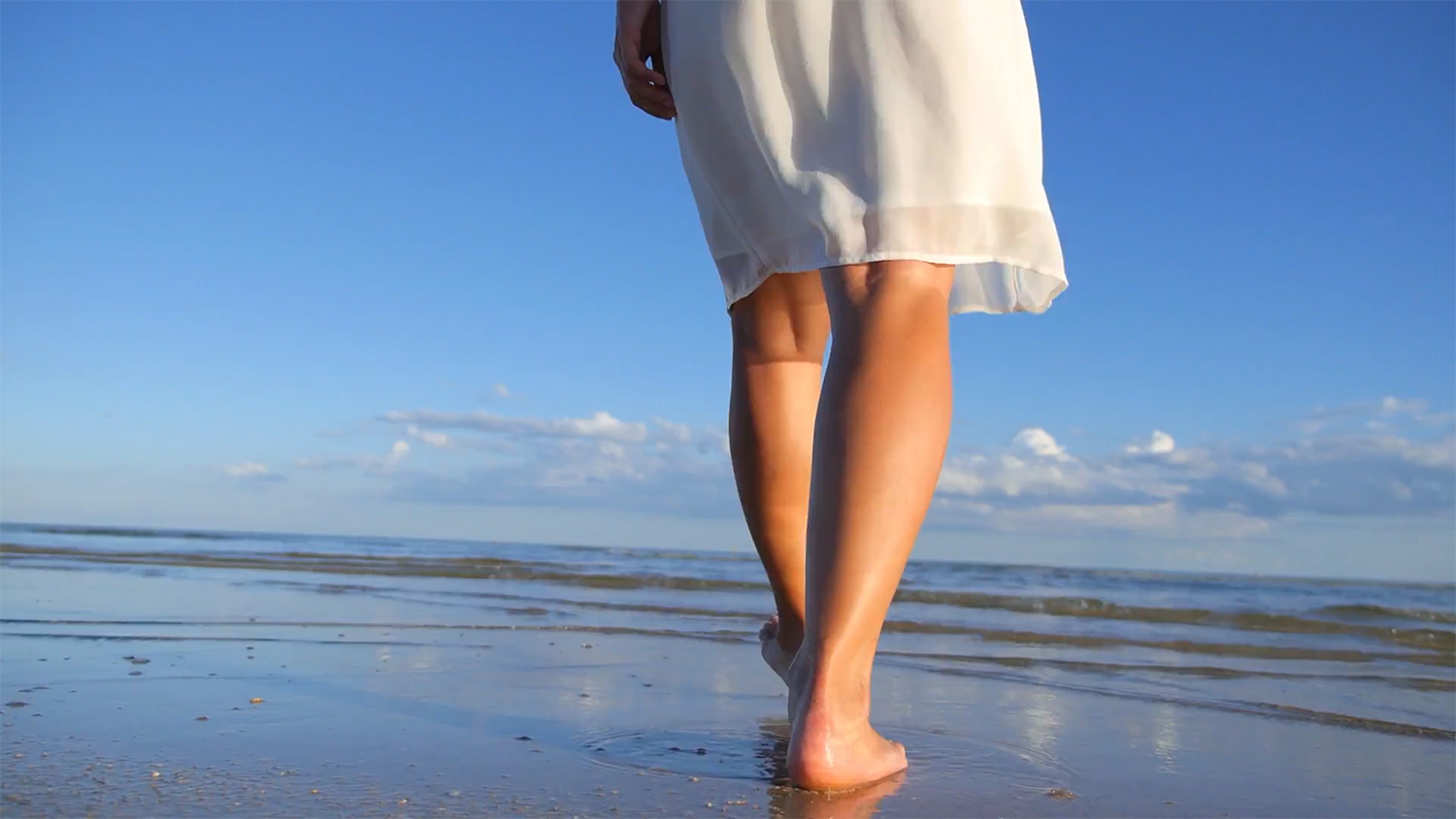
The 3 Types of Trauma and How They Impact You
Trauma comes in many forms—acute, chronic, and complex—each shaping how you see yourself and the world. Understanding the differences can help you take the first step toward healing


In the labyrinth of the human psyche, religious beliefs often serve as both compass and anchor. But what happens when the faithful begin to question the very foundations of their spiritual edifice? As a therapist, I’ve witnessed many embark on this journey of deconstruction—a process as delicate as dismantling a house of cards in a windstorm, yet as profound as the metamorphosis of a caterpillar into a butterfly.
First, let’s acknowledge the elephant in the room (or perhaps the deity in the sky): questioning one’s faith can be as uncomfortable as wearing wool underwear in a sauna. It’s itchy, it’s hot, and you’re not quite sure how you got there in the first place. But unlike that unfortunate wardrobe choice, this discomfort often leads to growth and self-discovery.
The process often begins with a whisper of doubt, a small crack in the stained-glass window of certainty. Maybe it’s a scientific discovery that contradicts a long-held belief, or perhaps it’s the realization that your god seems to have a surprising fondness for sports team victories but remains oddly silent on global crises. Whatever the catalyst, it’s like finding a loose thread on a sweater—once you start pulling, it’s hard to stop.
As a therapist, I want you to know that navigating this terrain with grace might be asking too much of yourself. The process can be like watching a baby fawn stand and run for the first time – it’s messy, it’s wobbly, but it can also be strangely beautiful and empowering. The journey of deconstruction is, at its core, a quest for authenticity—a desire to align one’s inner truth with outer expression. It’s like finally deciding to rearrange your spiritual furniture after years of stubbing your toe on the same beliefs.
One of the first steps is often a reevaluation of sacred texts. Suddenly, those stories that once seemed as clear as crystal begin to look more like a Rorschach test—open to wildly different interpretations. It’s like realizing your childhood diary was actually written in code, and you’ve been misreading it all along. This phase can be particularly challenging, as it often feels like losing a trusted friend or a security blanket.
Then comes the tricky part: separating cultural traditions from spiritual beliefs. This is about as easy as trying to remove the chocolate chips from a baked cookie. Good luck with that. Yet, many find this process liberating, like shedding a heavy cloak on a summer’s day. It’s an opportunity to examine which practices truly resonate and which ones were merely inherited without question.
The deconstruction of religious beliefs can also lead to a profound identity crisis. After all, if you’re no longer the “good Christian girl” or the “devout Muslim son,” who are you? It’s like being an actor who’s suddenly lost their script mid-performance—terrifying, yet ripe with possibility. This phase often involves exploring new identities, trying them on like hats in a cosmic millinery shop.
As people navigate this spiritual obstacle course, they often experience a rollercoaster of emotions. There’s fear (what if I’m wrong?), anger (why was I taught this?), grief (I’m losing a part of myself), and eventually, for many, a sense of freedom (I can think for myself!). It’s emotional whiplash, but with better character development. Each emotion is a thread in the tapestry of this journey, creating a rich and complex pattern.
One of the most challenging aspects of this process is dealing with the reactions of family and community. It’s like trying to explain to your cat why you’re rearranging the furniture—they may not understand, and they might not like it. Some find support in unexpected places, while others face rejection from those closest to them. It’s a stark reminder that our beliefs often form the bedrock of our relationships.
Throughout this process, my role as a therapist is not to guide people toward or away from faith, but to help them find their own path. It’s like being a spiritual GPS—I can’t tell you where to go, but I can help you figure out where you are and how to get where you want to be. Sometimes, this involves helping people develop new coping mechanisms to replace the comfort they once found in their faith.
An often overlooked aspect of deconstruction is the need to fill the void left by departed beliefs. Nature abhors a vacuum, and so does the human spirit. This is where many turn to philosophy, science, or even new forms of spirituality. It’s like redecorating a room—once you’ve removed the old furnishings, you get to choose what new pieces to bring in.
The process of deconstruction can also lead to a deeper appreciation for the mysteries of life. Without the safety net of absolute certainty, many find a newfound wonder in the unknown. It’s like trading a map for a compass—you might not know exactly where you’re going, but you’re more engaged with the journey.
For some, the journey of deconstruction leads to a complete abandonment of religious belief. For others, it results in a reformed, more personally authentic faith. And for many, it’s an ongoing process of questioning and exploration. It’s like tending a garden—some plants are removed, others are pruned, and new seeds are constantly being planted.
In the end, deconstructing religious beliefs is less about tearing down and more about building anew. It’s a chance to examine each brick of belief, deciding which to keep and which to discard. The result? A personalized spiritual structure—perhaps smaller, perhaps less ornate, but infinitely more authentic.
So to those embarking on this journey of deconstruction, I say: welcome to the renovation of your soul. It’s going to be messy, confusing, and at times downright terrifying. But remember, even the grandest cathedrals started as a pile of rubble and a dream. Your spiritual home awaits—this time, built by your own hands, reflecting your unique journey and understanding.
As you walk this path, be gentle with yourself. Remember that doubt is not the enemy of faith, but its dance partner. Question everything, but also question your questioning. And most importantly, don’t forget to pause occasionally and marvel at the view. After all, the deconstruction of beliefs is not just about dismantling—it’s about creating space for new growth, new understanding, and a more authentic you.

Trauma comes in many forms—acute, chronic, and complex—each shaping how you see yourself and the world. Understanding the differences can help you take the first step toward healing

Do you second-guess yourself constantly, turning to others for reassurance? You’re not alone—but you can break free from self-doubt and start trusting your own wisdom. Here’s how.

Ever notice how political news and social media can leave you feeling physically sick, anxious, or completely drained? You’re not alone. While it’s normal to feel stressed about politics, there’s a point where that stress can become something more serious.

Resilience isn’t about being unshakeable or never feeling anxious – it’s about your ability to adapt and bounce back from challenges.

Have you ever shared a difficult experience only to hear “Just think positive!” or “Good vibes only!”? While these responses might seem supportive, they’re actually examples of toxic positivity. Real optimism isn’t about denying difficulties – it’s about acknowledging challenges while maintaining hope.

Have you ever heard someone respond to a friend’s genuine struggle with phrases like “Everything happens for a reason” or “Just focus on the positive”? While well-intentioned, these responses might actually be examples of spiritual bypassing.
Much like the lotus flower, the muddy waters of our wounds can be fertile ground for transformation.
Copyright © 2024 Soul In Motion Therapy & Coaching. All Rights Reserved | Site by La Dolce Video & Design